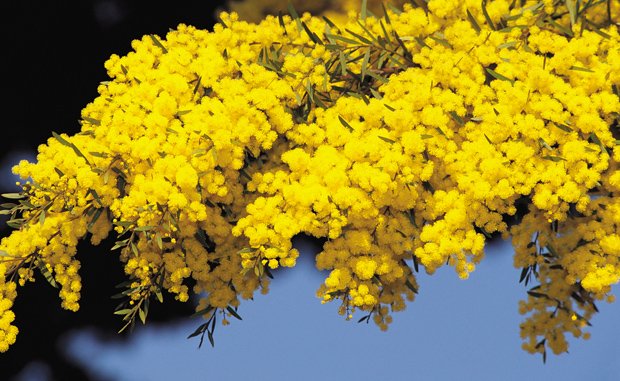Introduced plants outnumber natives

THERE ARE NOW MORE foreign plants in Australia than native ones – at least ones we know about, say scientists.
About 27,500 introduced plant species have made their way into the country, compared to our 24,000 natives. “This is a pool from which some plants will grow to become weeds,” says Dr Richard Groves, researcher at CSIRO Plant Industry, who recently gave a public lecture at at the Australian Academy of Science on the topic.
And around 10 per cent of the invaders have become ‘naturalised’ or ‘established’, meaning they now grow by themselves thrive in the wild.
Each species introduced to Australia needs to be considered as potentially dangerous for our biodiversity, says John DeJose, CEO of the environmental organisation, Invasive Species Council.
“The majority of introduced plants which have already become established in the wild are causing harm and are regarded as invasive”, he says. “Some of the seemingly harmless introduced plants of today may very well turn out to be the devastating weeds of tomorrow.”
Invasive plants a threat to natives
Four of Australia’s native plants have already been wiped out by weeds choking them, and another 57 are under threat of same fate. Not all weeds are foreign plants, but a majority of them were introduced in fields and gardens from abroad.
In agriculture, useful foreign plants such as wheat or barley don’t seem to naturalise and need to be re-sown each year, while others grow out of control and overrun grazing and crop fields, costing the sector about $3.5 billion a year, excluding the environmental cost of increased chemical weeding.
Horticulture is by far the main source of plant introduction. Exotic species imported to decorate houses and gardens sometimes jump the fence and invade the countryside, depleting the soil and harming other plants. Garden escapee rubbervine (Cryptostegia grandiflora), for example, has already invaded over 34 million hectares around the country.
Surprisingly enough, rubbervine, just like many other foreign plants known to be invasive, is still available for sale in Australia.
Long-term problem of invasive weeds
It’s difficult to assess whether a introduced plant will thrive in Australia because the conditions largely dictate success; some plants can live in the wild for years before turning out to be problematic.
“A long-lived tree species may not become invasive for several hundred years after its introduction, whereas annual plants may become invasive after only 10 or so years” Richard says.
Though the Australian Quarantine and Inspection Service implement effective invasive species management at our national borders, says Richard, plants can be easily transferred across states, where they can establish themselves and wreak havoc.
“Australians should be careful to not just plant anything that nurseries may sell”, he says.
So before you buy a foreign plant species for your garden, make sure you do your homework, and as much as possible favour local species, Richard says.
RELATED STORIES

